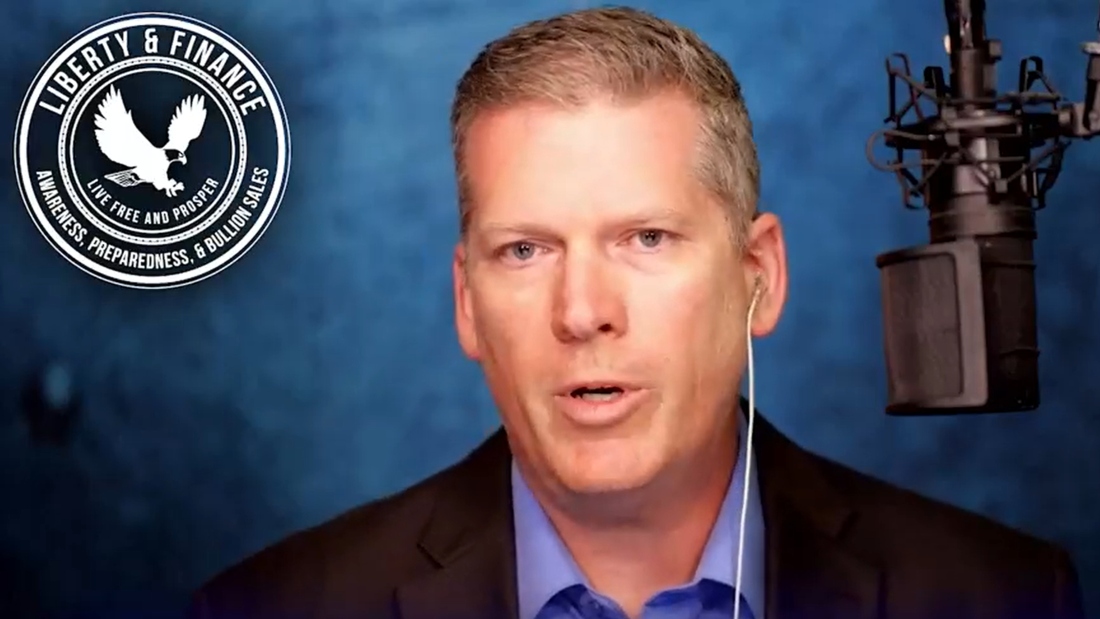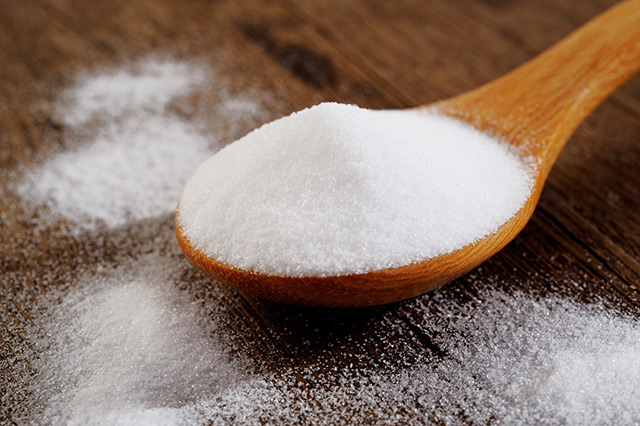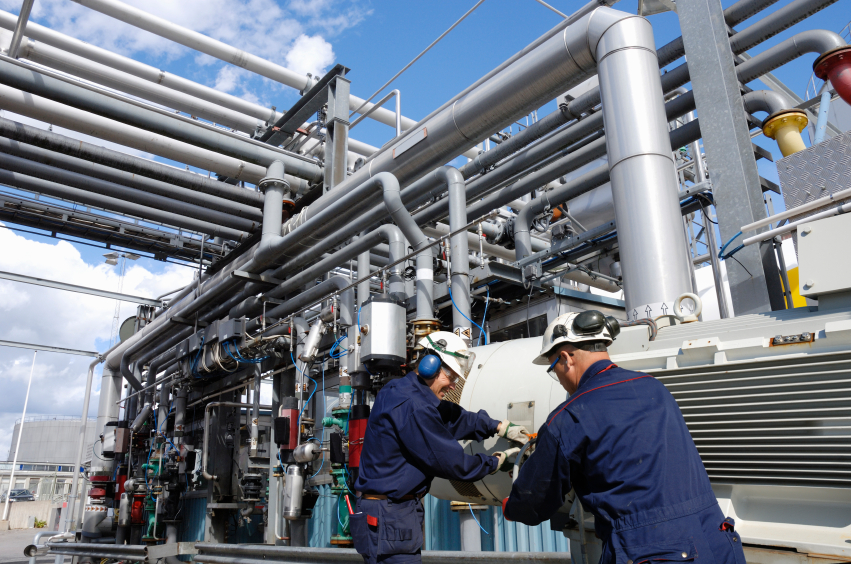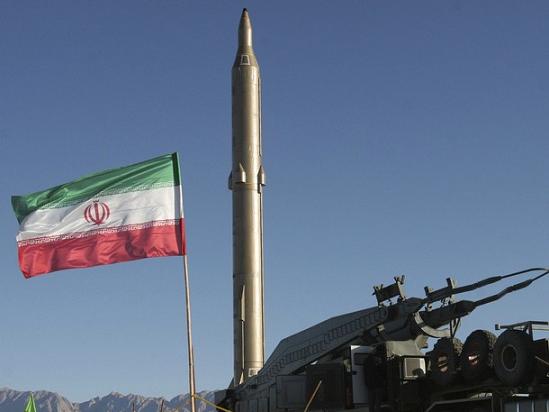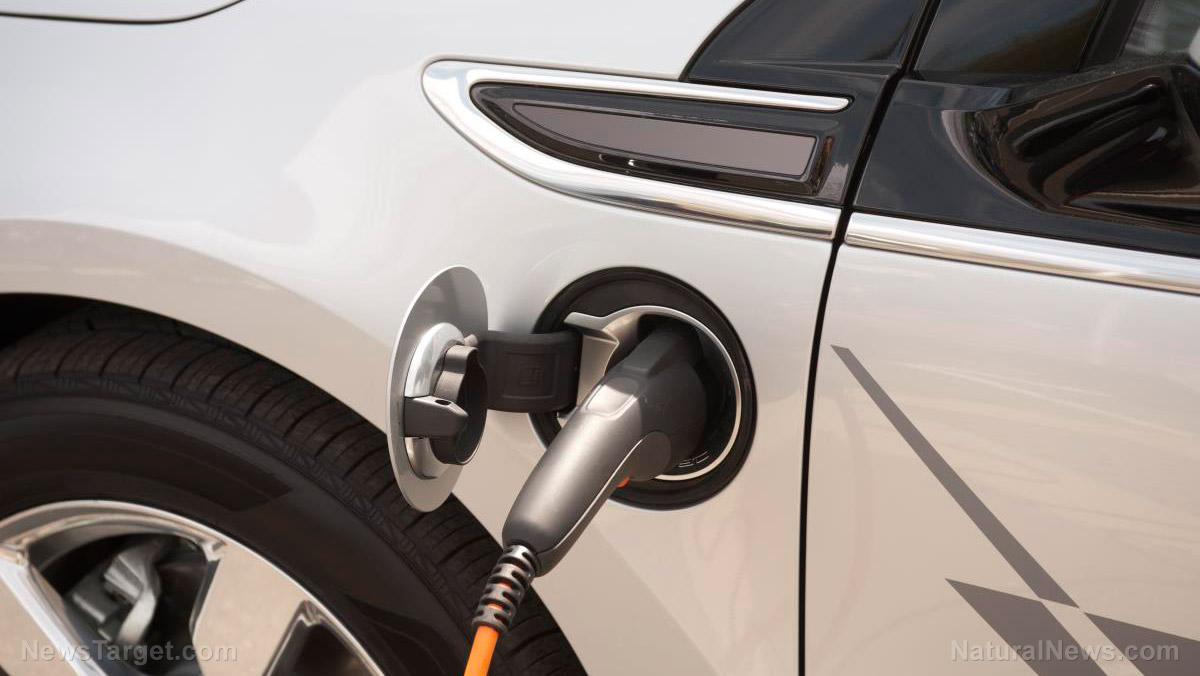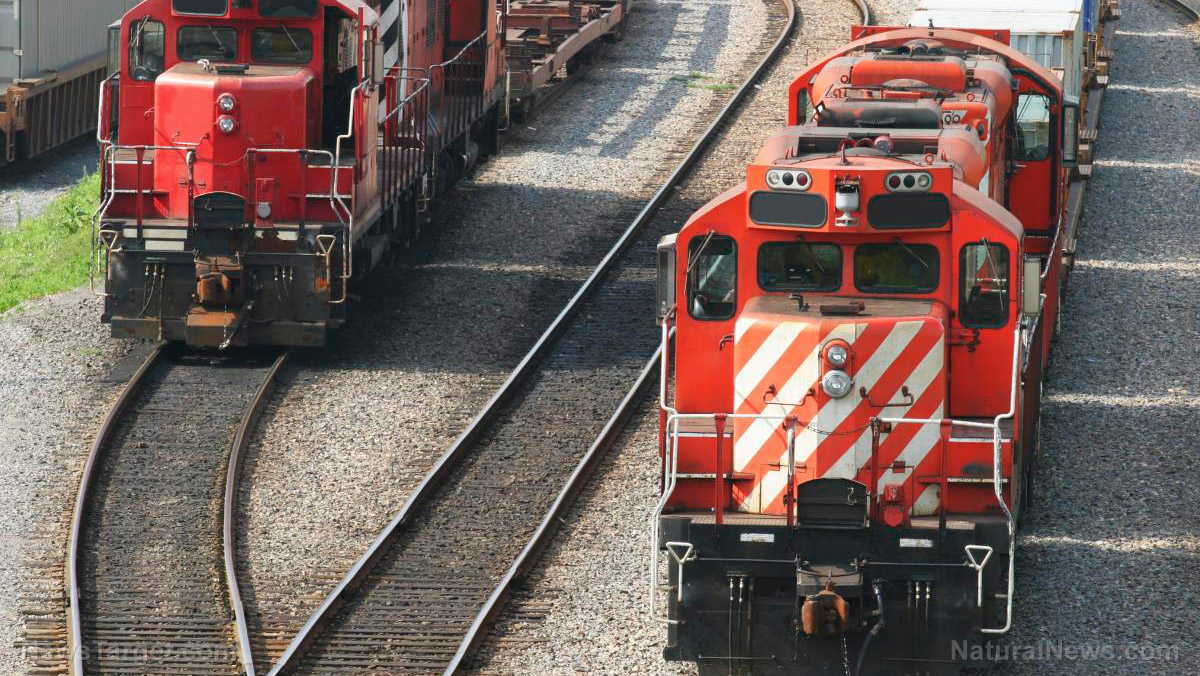California water use jumped dramatically despite Governor Newsom’s pleas for conservation
05/17/2022 / By Mary Villareal

Despite being in the middle of one of the driest stretches on record, California’s water use jumped dramatically in March as homeowners started watering their lawns in defiance of Governor Gavin Newsom’s pleas for conservation.
Last summer, Newsom asked residents to voluntarily cut water use by 15 percent compared to 2020 as drought threatened to drain the state’s reservoirs to dangerously low levels. Water conservation efforts increased through December, with help from intense rainfall and early water storms.
However, the first three months of 2022 had been the driest on record and Californians used an average of 77 gallons a day per person in March, an 18.9 percent increase compared to March 2020. It’s the most water that they have used since the middle of the previous drought in 2015.
In response to the increased water use, Newsom pledged to spend $100 million on a statewide advertising campaign to encourage water conservation. The campaign will include traditional radio and television spots. He will also be utilizing influencers and others with large followings on social media to urge others to save water. (Related: Science papers now subject to extreme censorship if they question the “official” narrative on anything: COVID, AIDS, vaccines, climate, virology and more.)
Moreover, Newsom promised to spend another $211 million to conserve more water in state government buildings by replacing plumbing fixtures and irrigation controls.
“Conservation actions are most impactful when they account for the diversity of conditions and supply needs around the state. We are hopeful these actions will significantly contribute to the state’s overall water reduction goals as outdoor watering is one of the biggest single users of water,” Newsom’s office said in a statement.
Meanwhile, residents and businesses in Los Angeles would have to reduce outdoor landscape watering from three days per week to two, according to Mayor Eric Garcetti.
Urban water use accounts for a relatively small percentage of overall water use in California compared to agriculture, but the state’s farmers have also been suffering as state and federal officials reduced their water allocations to zero in some areas.
The scale of restrictions is unprecedented in the history of the Metropolitan Water District of Southern California, which serves nearly 20 million people and has been in operation for nearly a century.
Adel Hagekhalil, the district’s general manager, already asked residents to limit outdoor watering to one day a week so that they will have enough water for drinking, cooking and flushing toilets months from now. “We need to do it, otherwise we don’t have enough water for indoor use, which is the basic health and safety stuff we need every day.”
California’s reservoirs are below their historic averages
Demand for non-agriculture water is typically low in March, near the end of the state’s rainy season. At times, it rains so much during this time that it makes up for the rest of the year. However, this isn’t the case this year as California only got an inch of precipitation in March. (Related: California mega-drought worst in 1,200 years say scientists (and it’s still getting worse.)
Things have slightly improved with a series of April storms. However, the state’s reservoirs are still below their historic averages. Two of the largest reservoirs in the U.S. are also at critically low levels. Lake Mead is about a third full while Lake Powell, is only a quarter full – its lowest level since it was first filled in the 1960s.
These reservoirs depend on melted snow from the Sierra Nevada to replenish them during the dry summer months. The snowmelt runs downstream into the rivers, where it is then diverted through reservoirs, dams and pipes. However, the snowpack was only at 27 percent of its historic average as of April 1.
State officials also said 20 percent of the wells they monitor are reporting all-time low water levels, with nearly half of them having less than 10 percent of their historic averages. State officials said they were assisting 687 households with no access to these wells through a small community drought relief program.
Larger communities are also in danger. Lindsay, a city with 13,000 people in the Central Valley, is projected to run out of water by July 1, prompting federal officials to approve an additional allocation for the city, although they will only have enough water to last through February 2023.
The dry conditions are also creating a longer wildfire season in the state due to the lack of moisture that keeps vegetation wet enough to resist carrying fire. With the snowpack low and melting earlier in the year, vegetation dries out faster, allowing the flames to sweep the forest.
Visit Environ.news for more on the ongoing drought affecting California and nearby states.
Watch the video below for more updates about the drought and how this is leading to longer-lasting “fire seasons.”
This video is from the zolnareport.com channel on Brighteon.com.
More related stories:
Sierra snowpack falls to one of lowest levels in 72 years, perpetuating California drought.
Lake Tahoe’s water levels reach dangerous lows due to California drought.
With water running out, California faces grim summer of dangerous heat, extreme drought.
Despite record-breaking drought conditions, California officials are draining reservoirs.
California to cut water supply to cities and farmlands amid worsening drought.
Sources include:
Submit a correction >>
Tagged Under:
big government, California, chaos, clean water, Climate, Collapse, disaster, Drought, environment, Gavin Newsom, Los Angeles, rationing, scarcity, water conservation, water reserves, water shortage, water supply, Water Wars
This article may contain statements that reflect the opinion of the author
RECENT NEWS & ARTICLES
COPYRIGHT © 2017 DISASTER NEWS

